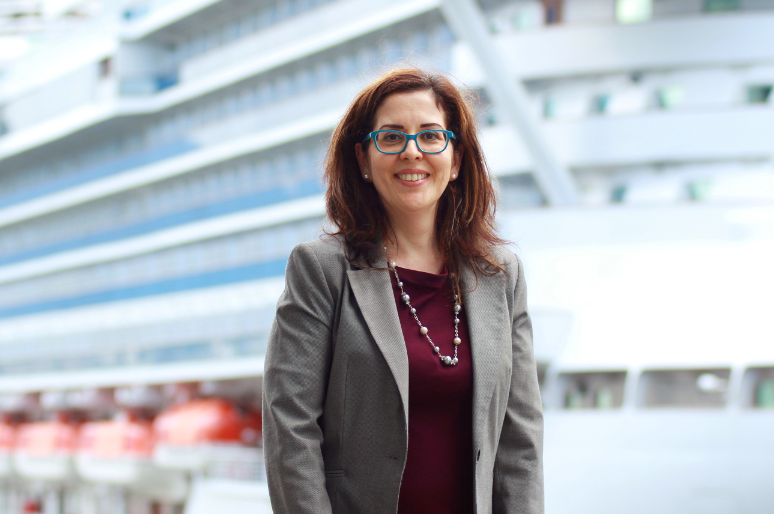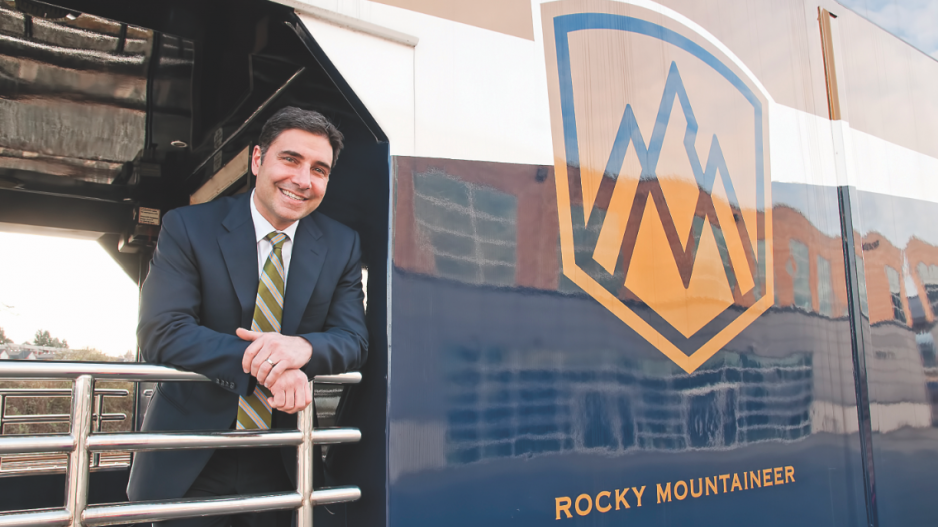Tourism operators are hailing the March 10 agreement between Canadian Prime Minister Justin Trudeau and U.S. President Barack Obama that will expand pre-clearance for visitors to each country from what is currently only at eight Canadian airports.
Pre-clearance will first expand to the rail corridor between Vancouver and Seattle as well as a rail corridor south from Montreal and at airports in Quebec City and Toronto.
The only current place where there is pre-clearance in B.C. is at Vancouver International Airport. The expectation is that pre-clearance will also soon be available for cruise passengers.
The two countries agreed to a broad agreement last March, and moves have been made since to enshrine that pact in law.
Earlier this month, when Republican Kevin Cramer and Democrat Brian Higgins announced that they will co-sponsor a pre-clearance bill in the U.S. Congress, they made clear that the initiative has rare bipartisan support.
“For us, pre-clearance would mean a much smoother guest experience,” Rocky Mountaineer president Steve Sammut told Business in Vancouver.
“We’re in the business of providing people with a great experience, so if we could get them pre-cleared, it’s just one more step that they would not have to worry about upon their arrival.”
Unlike Rocky Mountaineer, which has U.S. customs agents board its trains after they arrive in Seattle, Amtrak stops its Vancouver-to-Seattle trains at the U.S. border so customs agents can clear guests in a process that takes about 10 minutes, according to Amtrak spokeswoman Vernae Graham.
“With full pre-clearance, the stop mentioned goes away and all U.S. Customs and Border Protection work is done at our Vancouver virtual border,” she said. “[That] reduces the overall runtime and increases the predictability of the route.”
U.S. customs agents based in Vancouver currently pre-inspect travellers on trains as well as on various cruise lines’ ships that leave Vancouver.
“We don’t have a full pre-clearance here,” explained Port Metro Vancouver (PMV) cruise services manager Carmen Ortega. “We have what is called a pre-inspection. Passengers go through U.S. customs, but it is really just an immigration check, and baggage is screened in Vancouver. With full pre-clearance, U.S. customs would do the declarations in Vancouver.”

(Port Metro Vancouver (PMV) cruise services manager Carmen Ortega believes having full pre-clearance capacity, and not simply pre-inspections, will enhance the cruise experience | Rob Kruyt)
Currently, when train and cruise ship passengers arrive in the U.S. they must fill out a form for U.S. agents that asks whether they’re bringing in more than US$10,000, fruit or meat and whether they have been to a farm recently, among other things.
Ortega believes that if the U.S.-Canada pre-clearance agreement is extended to cruise ships, it will add value to the cruise experience.
Every bit of value helps, too, given that Seattle has consistently had more cruise passengers than Vancouver each year since 2010. Having full customs clearance in Vancouver is one of many things that could persuade travellers to depart from Vancouver instead of Seattle.
Other PMV initiatives aimed at attracting passengers include automated passport kiosks, upgrades to the Vancouver terminal’s embarkation space and hosting the Cruise360 conference for travel agents this summer.
U.S. Ambassador Bruce Heyman told BIV in a March 4 interview that if the pre-clearance agreement is ratified, U.S. customs agents could be based on Canadian soil if border crossings are “cramped.”
Current land border crossings have Canadian customs officials on the Canadian side of the border while U.S. customs officials are mere metres away on the U.S. side of the border.
“Some of our border locations make it very difficult if we want to expand locations,” Heyman said.”
“This agreement would enable us to put personnel in Canada … or have Canadian personnel over the border in the U.S.”•




